The Lineage of the Raghu Dynasty: Background of King Dasharatha and the Royal Lineage
The lineage of the Raghu Dynasty is one of the most revered in Indian history, forming the backdrop to the epic Ramayan. The dynasty, known for its valor, wisdom, and adherence to Dharma, is intricately woven into the cultural and spiritual fabric of India. Understanding the origins and legacy of the Raghu Dynasty, particularly the life and reign of King Dasharatha, is essential to grasp the depth of the epic Ramayan.
The Raghu Dynasty: A Royal Heritage
Origins of the Raghu Dynasty
The Raghu Dynasty, also known as the Ikshvaku Dynasty, traces its roots back to the Solar Dynasty (Suryavansha). This illustrious lineage began with King Ikshvaku, the son of Vaivasvata Manu, the progenitor of mankind. The dynasty is named after King Raghu, a legendary ruler known for his military prowess and benevolence.
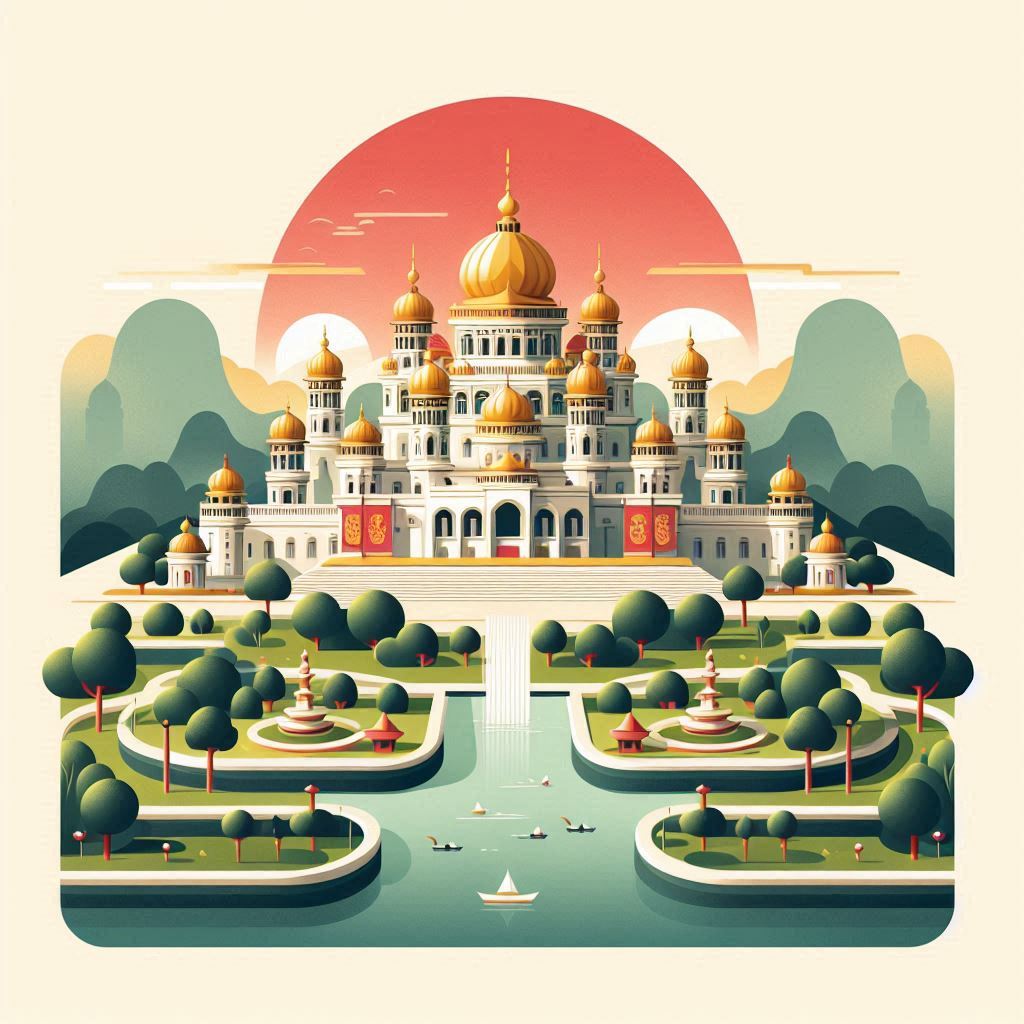
King Raghu: The Forefather
King Raghu, after whom the dynasty is named, was a ruler of unmatched valor and wisdom. His reign was marked by prosperity, and he expanded his kingdom far and wide. Raghu’s name became synonymous with righteousness, and his legacy set a high standard for his successors.
श्लोकः:
देवानां प्रियकृद्विश्वं जयदं वीर्यशालिनम् ।
रघुं राजन्यतां प्राप्तं सततं परिपालयेत् ॥
Phoenetics:
Devānāṁ priyakṛdviśvaṁ jayadaṁ vīryaśālinam।
Raghuṁ rājanyatāṁ prāptaṁ satataṁ paripālayet॥
Translation:
The beloved of the gods, who brings victory and is filled with valor, Raghu, who has attained kingship, forever protects the world.
Raghu’s Successors
Raghu’s descendants continued his legacy, each contributing to the dynasty’s fame. Notable among them were King Aja, Dasharatha’s father, who was known for his wisdom and bravery. The lineage of Raghu was defined by rulers who exemplified the ideals of kingship, duty, and Dharma.
King Dasharatha: The Noble Monarch
Dasharatha’s Early Life
King Dasharatha, the father of Lord Ram, was born into this illustrious dynasty. His early life was filled with teachings from the sages and warriors of his time, preparing him to uphold the legacy of his ancestors.
Dasharatha’s Reign
Dasharatha’s reign was marked by peace and prosperity. He was a just and compassionate ruler, respected by his subjects and feared by his enemies. Under his rule, Ayodhya became a thriving kingdom, a beacon of culture, learning, and spiritual practices.
Dasharatha’s Marriages
Dasharatha had three queens: Kaushalya, Kaikeyi, and Sumitra. Each played a crucial role in the events that shaped the Ramayan. Kaushalya was the mother of Ram, Kaikeyi of Bharat, and Sumitra of Lakshman and Shatrughna. Their relationships and the dynamics within the palace added layers of complexity to the epic.
The Ancestral Glory of the Raghu Dynasty
Sage Vashishtha’s Role
Sage Vashishtha, the royal priest and advisor, was a guiding force behind the kings of the Raghu Dynasty. His wisdom and spiritual guidance were instrumental in shaping the destiny of the dynasty.
Significant Yajnas and Rituals
The kings of the Raghu Dynasty performed numerous yajnas and rituals to ensure the welfare of their kingdom. The Ashwamedha Yajna, conducted by King Dasharatha, was one of the most significant, symbolizing his unchallenged sovereignty.
The Dynasty’s Influence on Indian Epics
The Raghu Dynasty’s legacy is prominently featured in both the Ramayan and the Mahabharat. The values upheld by the kings of this lineage served as a blueprint for the ideals of kingship in these epics, influencing generations of rulers and subjects alike.
Dasharatha’s Dilemma: The Boon and the Banishment
The Story of Shravana
One of the most poignant stories associated with King Dasharatha is that of Shravana. Dasharatha, in a tragic accident, killed the young boy Shravana, who was the sole support of his blind parents. The curse they laid upon him foretold the sorrow he would face due to his son Ram’s exile.
दोहा:
पिता शाप, दशरथ वधू,
राम बन में जाहीं।
दुःख पायो रघुकुल नृप,
शोक सागर माहिं॥
Phoenetics:
Pitā śāpa, daśaratha vadhū,
Rāma bana meṁ jāhīṁ।
Duḥkha pāyo raghukula nṛpa,
Śoka sāgara māhiṁ॥
Translation:
Cursed by the father, Dasharatha’s bride,
Ram must go to the forest wide.
The king of Raghu bore sorrow deep,
In the ocean of grief, his heart did weep.
Kaikeyi’s Boon
The story of Kaikeyi’s boon is central to the Ramayan. Owing to a boon granted by Dasharatha in the past, Kaikeyi demanded that Ram be exiled to the forest for fourteen years and that her son Bharat be crowned king. This demand plunged Dasharatha into a moral and emotional crisis, torn between his love for Ram and his duty as a king to honor his word.
Dasharatha’s Inner Conflict
Dasharatha’s dilemma highlights the profound themes of Dharma (duty) and the sacrifices required of a ruler. His anguish at sending his beloved son into exile is a powerful testament to the complexities of kingship and the personal cost of upholding one’s word.
The Legacy of the Raghu Dynasty
Ram’s Coronation
Despite the trials and tribulations faced by the dynasty, the legacy of the Raghus culminated in the coronation of Ram. This event symbolized the triumph of virtue and righteousness, fulfilling the destiny of the Raghu lineage.
The Influence on Later Generations
The principles established by the Raghu Dynasty continued to influence Indian kingship for centuries. The ideals of governance, justice, and adherence to Dharma as exemplified by the Raghus became the gold standard for rulers throughout Indian history.
Cultural and Spiritual Significance
The cultural and spiritual impact of the Raghu Dynasty extends beyond the pages of the Ramayan. Their legacy is reflected in various art forms, literature, and religious practices that continue to inspire millions across the world. The dynasty’s adherence to Dharma and their role in shaping the moral and ethical framework of Indian society resonates even today, offering timeless lessons on leadership, sacrifice, and the importance of moral integrity.
Shlokas and Dohas Related to the Raghu Dynasty
The spiritual and cultural heritage of the Raghu Dynasty is deeply embedded in the shlokas and dohas passed down through generations. These verses encapsulate the wisdom, virtues, and the profound sense of duty that the kings of this dynasty exemplified.
Shlokas from Valmiki’s Ramayan
श्लोकः:
कौसल्यासुप्रजा राम पूर्वा सन्ध्या प्रवर्तते ।
उत्तिष्ठ नरशार्दूल कर्तव्यम् दैवमाह्निकम् ॥
Phoenetics:
Kausalyāsupraja rāma pūrvā sandhyā pravartate।
Uttiṣṭha naraśārdūla kartavyam daivamāhnikam॥
Translation:
O Ram, son of Kausalya, the early dawn is breaking. Arise, O best of men, for the daily duties ordained by the divine must be performed.
This shloka from the Ramayan highlights the disciplined life of the kings of the Raghu Dynasty, who rose early to perform their duties, emphasizing the importance of Dharma in their daily lives.
Dohas Reflecting the Wisdom of the Dynasty
दोहा:
रघुकुल रीति सदा चली आई,
प्राण जाए पर वचन न जाई।
Phoenetics:
Raghukula rīti sadā calī āī,
Prāṇa jāye par vacana na jāī।
Translation:
The tradition of the Raghu lineage has always been such,
Life may be lost, but the word given is never forsaken.
This doha succinctly captures the essence of the Raghu Dynasty’s unwavering commitment to truth and promise, a value that is central to the narrative of the Ramayan and the legacy of King Dasharatha.
Conclusion
The Raghu Dynasty, with its roots in the Solar Dynasty, stands as a beacon of righteousness, governance, and devotion to Dharma. The lineage, culminating in the reign of King Dasharatha and the birth of Lord Ram, played a pivotal role in shaping the moral and cultural landscape of ancient India. The values upheld by this dynasty continue to inspire and guide us, offering lessons in leadership, ethics, and the importance of upholding one’s duty, no matter the personal cost. The story of the Raghu Dynasty is not just a tale of kings and their reigns; it is a timeless narrative that resonates with the universal truths of justice, sacrifice, and the enduring power of righteousness.
FAQs
1. What is the significance of the Raghu Dynasty in Indian history?
The Raghu Dynasty, known for its adherence to Dharma and righteous rule, is significant for its role in shaping the cultural and moral ethos of ancient India. It is particularly revered for being the lineage of Lord Ram, the hero of the Ramayan.
2. Who was the most famous king of the Raghu Dynasty?
The most famous king of the Raghu Dynasty is Lord Ram, who is considered the seventh incarnation of Vishnu and the protagonist of the epic Ramayan. His life and reign are seen as the epitome of righteousness and virtue.
3. How did King Dasharatha contribute to the legacy of the Raghu Dynasty?
King Dasharatha was a just and powerful ruler whose reign brought prosperity to Ayodhya. His commitment to his promises, even at great personal cost, exemplified the values of the Raghu Dynasty and set the stage for the events of the Ramayan.
4. What is the story behind Kaikeyi’s boon and Ram’s exile?
Kaikeyi, one of King Dasharatha’s queens, was granted two boons by the king. She used these to demand that her son Bharat be crowned king and that Ram be exiled for fourteen years. This led to the central conflict in the Ramayan, highlighting themes of duty, sacrifice, and Dharma.
5. How does the legacy of the Raghu Dynasty influence modern Indian culture?
The legacy of the Raghu Dynasty, particularly the ideals of truth, duty, and righteousness, continues to influence modern Indian culture through literature, art, and religious practices. The values upheld by this lineage serve as moral guidelines that are relevant even today.

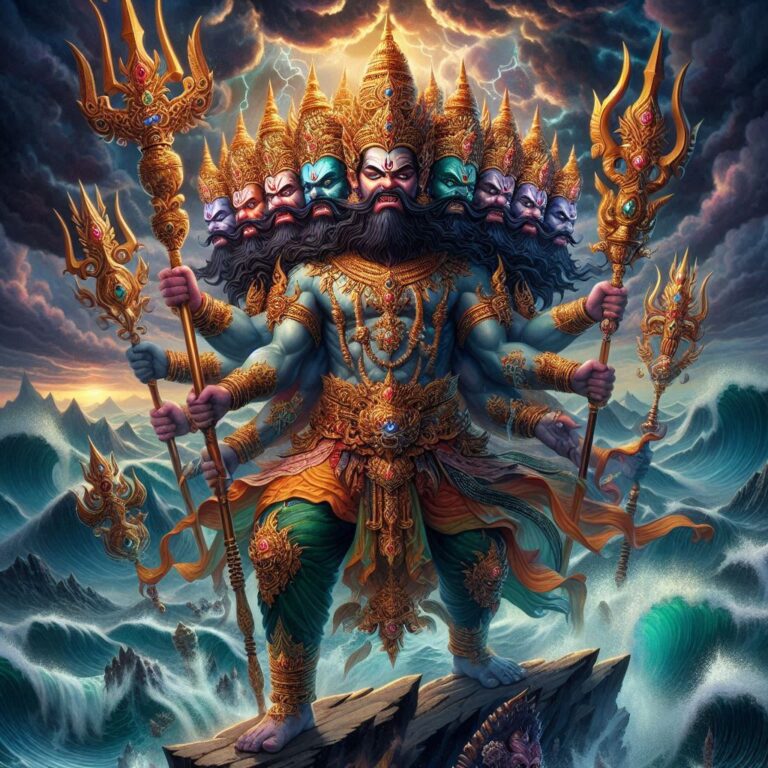
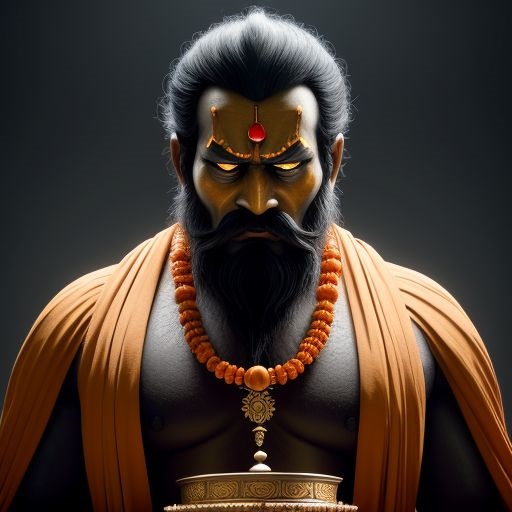

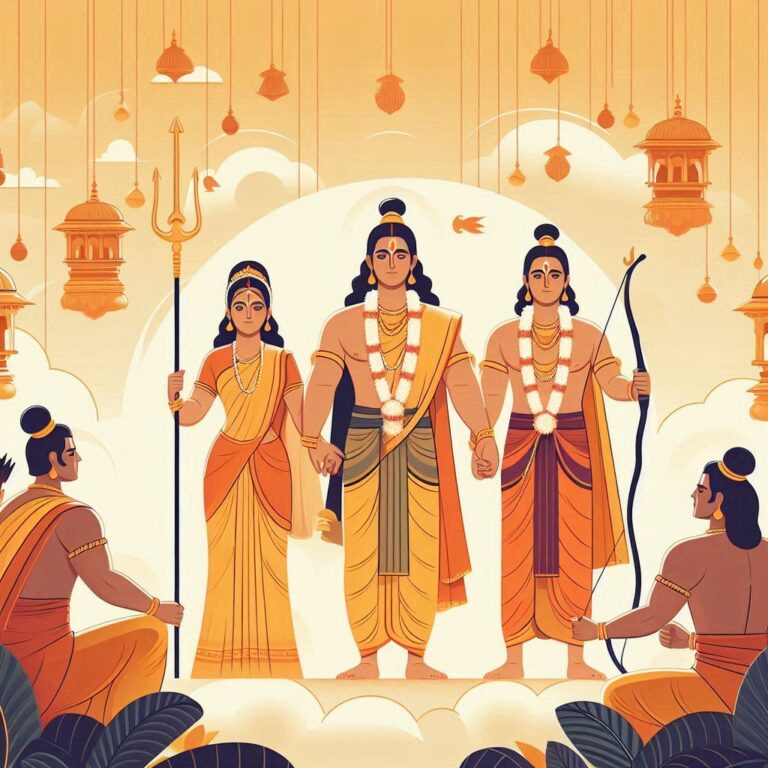

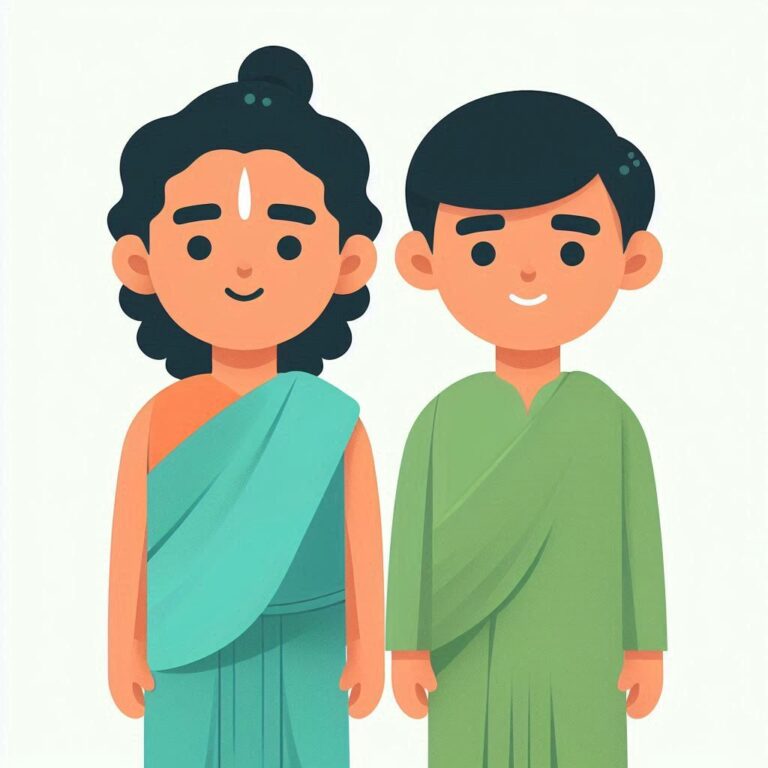
One Comment